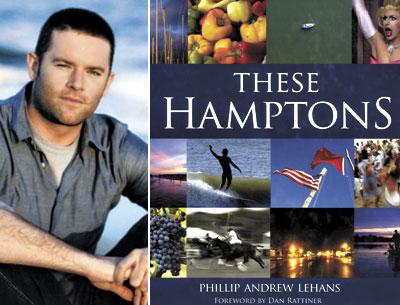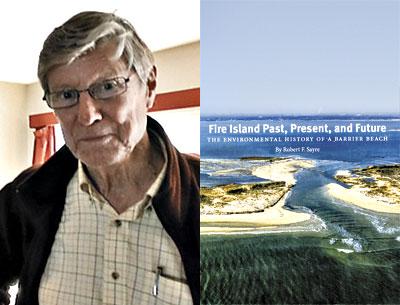Book Markers: 05.15.14
Book Markers: 05.15.14
The Artist in Wartime
So how many former art school deans do you know who were present when the Allies stormed the beaches at Normandy? Here’s one in your backyard: Alex Russo, once of the Corcoran College of Art and Design in the nation’s capital, still professor emeritus at Hood College in Frederick, Md., and on Saturday alighting at Guild Hall to read from his new book, “Combat Artist: A Journal of Love and War.”
It recounts his time in the Naval Reserve and with Navy intelligence, serving as a combat artist, among other capacities. His graphic accounts of the landings at Normandy and Sicily are part of that branch’s official records of the war. The book also goes into the life of an artist in postwar America.
Admission is $7. The event starts at 1:30 p.m. with a reception with Mr. Russo, who will be signing copies, too. The reading follows at 2.
Long Island Reads Griswold
That pan-county, library-centric, book club-friendly read-in, Long Island Reads, has this year chosen as its title “The Manor: Three Centuries at a Slave Plantation on Long Island,” the recent, heavily researched, and well-received history by Mac Griswold of Sag Harbor.
In celebration, Sylvester Manor on Shelter Island, dating from the 1650s and in the hands of the Sylvester family for 11 generations, will be the site of a free outdoor reading by Ms. Griswold on Saturday at 2 p.m., with time for questions. “The Manor” was chosen by a committee of Suffolk and Nassau librarians for its “readability and excellence.” A readers’ guide can be found at longislandreads.files.wordpress.com.
Those who would like to tour the house, in groups of up to 15, have been asked to register beforehand by calling 749-0626 or emailing [email protected].
And then from 4 to 6 p.m., the property, which continues as an organic farm and educational foundation, will have a free concert, “Back to the Roots: The Scattered Songsters of Sylvester Manor,” with ballads, blues, spirituals, and work songs of the days of yore.





